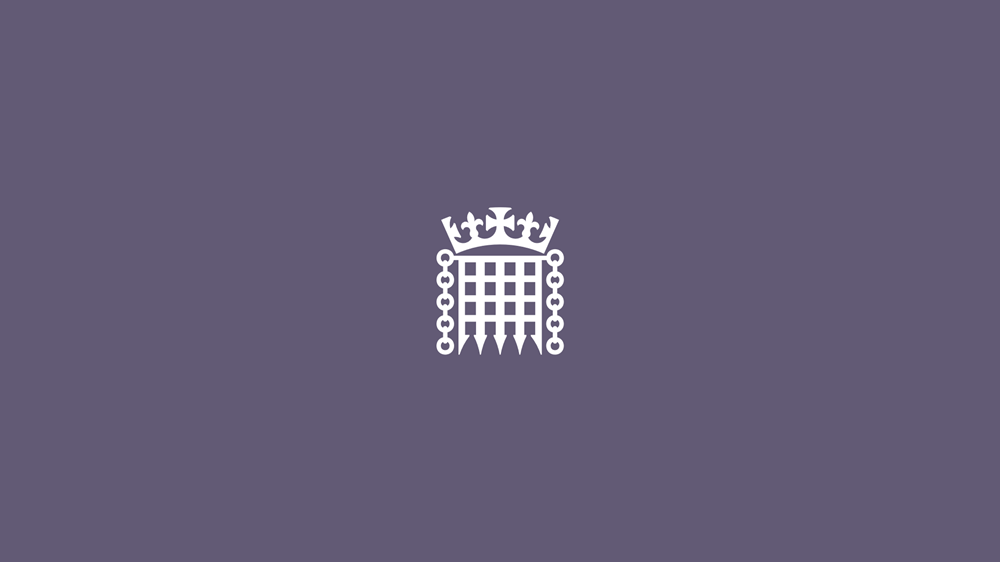‘An Investment Plan for Europe’: Committee examines Commission proposals
17 December 2014
The House of Lords European union Sub-Committee on Economic and Financial Affairs has today written to the Financial Secretary to the Treasury setting out its views on the European Commission’s ‘Investment Plan for Europe’.
The Commission published the proposal on 26 November 2014, setting out the steps to reverse the downward trend in investment, stimulate economic growth and increase job creation, particularly in vulnerable EU Member States. The Commission Communication sets out Jean-Claude Juncker’s ambition to mobilise €315 billion of investment into the EU economy over the next three years. The European Council is expected to endorse the plan on 18-19 December 2014.
The Investment plan proposes the creation of a new fund, “The European Fund for Strategic Investment.” The EFSI will consist of €16 billion EU guarantee, 50% (€8 billion) of which will come from the EU Budget. The European Investment Bank (EIB) will contribute €5 billion, topping the fund up to €21. The European Commission project the fund to mobilise €15 of investment for every €1 used in the fund.
The Committee has written to the Financial Secretary:
- Asking how HM Treasury will be applying the ‘non-additionality principle’ to funds from the EU budget in this investment plan, and whether there is conflict of interest in promoting projects because of the UK rebate;
- Seeking clarification on how the pipeline of projects identified in the Task Force can be kept ‘ripe and ready’ for investment, particularly in circumstances of a delay in funds reaching the project due to the investment decision process or a change in investment climate;
- Expressing concern that the level of funding committed by the EU will not be substantial enough to mobilise the level of private investment required to support growth;
- Supporting the reforms needed to remove regulatory and administrative barriers within the EU, so that the investment environment is simpler and conducive to investment;
- Asking for further details on the consequences of creating an EU guarantee, and any downside risks to the EU Budget
